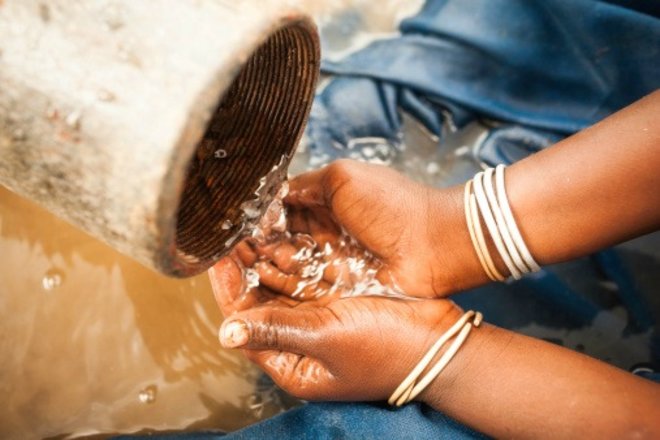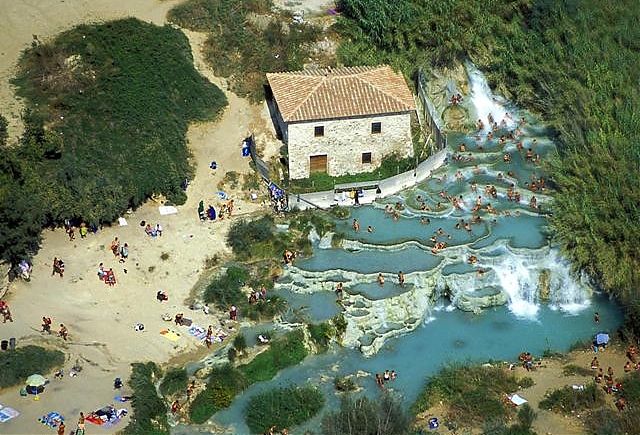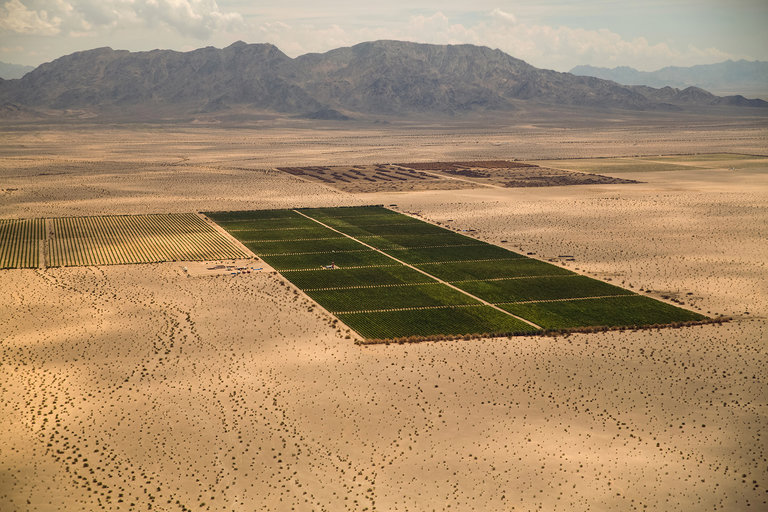More than two billion people lack access to clean and safe drinking water, according to a new report released by the World Health Organisation (WHO).
Although significant progress to ensure access to drinking water has been achieved, there is still a long way to go to ensure the quality of water—deemed free from pollutants and safe for drinking.
“Clean water and sanitation is central to other outcomes, for example, nutrition among children. While many countries like India have made it a top priority, many others haven’t been able to emphasise the issue yet,” Sanjay Wijesekera, Chief of Water, Sanitation and Hygiene at UNICEF, told IPS. Read more












